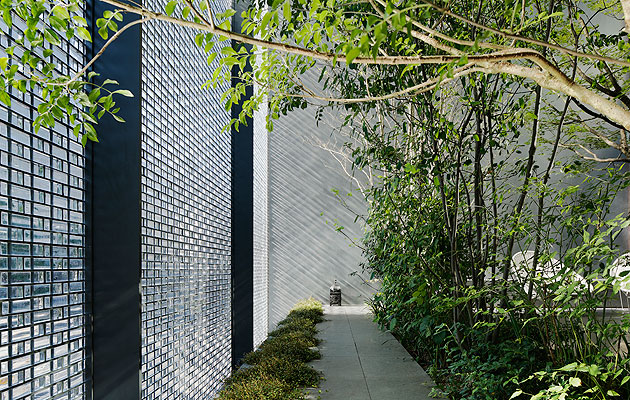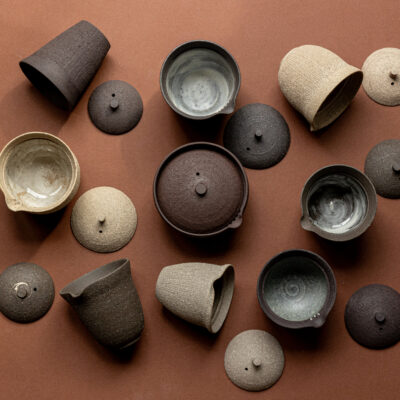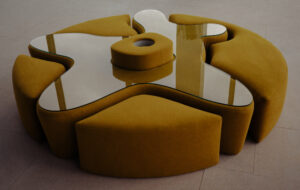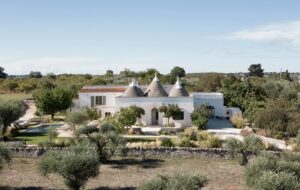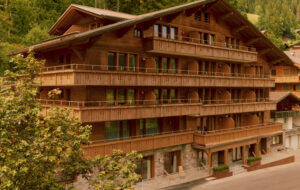|
|
||
|
Flanked by soulless tower blocks and derelict storefronts, Hiroshi Nakamura’s Optical Glass House is an unexpectedly serene addition to the crowded street scene. Situated in downtown Hiroshima, the tranquil residence is a welcome contrast to the hectic roads and tramlines it faces. The facade features two storeys of glass, but avoids the monolithic appearance of its neighbours. Constructed of translucent bricks, it provides privacy without creating isolation and veils a secluded garden. Nakamura excels at incorporating nature into his architecture; his 2010 Roku Museum in Oyama (Icon 094) seems to curve around the surrounding trees, while his 2012 Tokyu Plaza Omotesando Harajuku complex features an eye-catching rooftop garden. He employs this skill in his residential projects too, combining it with a reverence for light and contemporary use of screens. The front wall of the Optical Glass House is made of 6,000 borosilicate glass bricks. This type of glass, used in the production of telescopes and marbles, is stronger and more durable than conventional glass. The bricks deliver a brilliant quality of light and have a lustrous sheen intended to appear like a flowing waterfall. To realise the ambitious facade the glass bricks were strung on 75 stainless steel bolts, suspended from the beam above. To prevent vulnerability to lateral stress stainless steel flat bars were incorporated at 10cm intervals. The bricks were also used for some of the interior walls – their transparency blurs the boundary between spaces and allows light to permeate. The entrance to the house sits below the garden’s water- basin, which acts as a skylight. When droplets hit the water above, the movement casts fluid shadows, creating a mellow effect. The living area on the first floor opens directly on to the main garden at the front of the house, screened only by a sheer curtain that dissolves the threshold. On the second floor, two bedrooms overlook the main garden, with a bathroom and third bedroom facing onto a smaller garden at the back of the house. Nakamura keeps the natural and man-made in careful balance. The artificiality of glass and concrete is tempered by timber and stone, while light and water also act as materials. The delicacy of dappled sunlight filtering through the trees is complemented by the smooth solid surfaces it illuminates. The metropolitan world outside remains visible, but the garden walls frame the sky. Nakamura’s practice has produced a video of the house, using the medium to capture its stillness and restfulness. The speeding cars of the city are juxtaposed with interior scenes of billowing curtains, slow burning flames in the fireplace and rippling water in the garden. In a city where everything travels at high-speed, Nakamura’s house seems to move in slow motion. Overall the house produces the meditative atmosphere reminiscent of a Zen garden. Rooms and features are carefully arranged and the elements sensitively chosen. Nakamura harnesses the intimate power of nature and the spiritual potential of light to create a place of serenity amid the urban turmoil.
|
Image Koji Fujii/Nacasa & Partners
Words Katherine Ryan |
|
|
||

